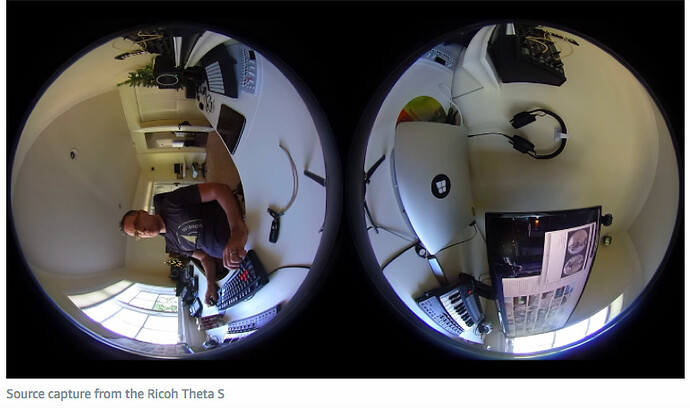Full article from AWS blog available here: Building an Immersive VR Streaming Solution on AWS
Just ran across this information for streaming 360 video over the Internet. Other articles on theta360.guide look at WebRTC as a solution. I have not implemented this AWS solution, but I am posting here to provide more options and ask if others have used AWS for video streaming.
AWS blog post contributed by:

Excerpt from the intro:
With the explosion in virtual reality (VR) technologies over the past few years, we’ve had an increasing number of customers ask us for advice and best practices around deploying their VR-based products and service offerings on the AWS Cloud. It soon became apparent that while the VR ecosystem is large in both scope and depth of types of workloads (gaming, e-medicine, security analytics, live streaming events, etc.), many of the workloads followed repeatable patterns, with storage and delivery of live and on-demand immersive video at the top of the list.
Looking at consumer trends, the desire for live and on-demand immersive video is fairly self-explanatory. VR has ushered in convenient and low-cost access for consumers and businesses to a wide variety of options for consuming content, ranging from browser playback of live and on-demand 360º video, all the way up to positional tracking systems with a high degree of immersion. All of these scenarios contain one lowest common denominator: video.
Which brings us to the topic of this post. We set out to build a solution that could support both live and on-demand events, bring with it a high degree of scalability, be flexible enough to support transformation of video if required, run at a low cost, and use open-source software to every extent possible.
In this post, we describe the reference architecture we created to solve this challenge, using Amazon EC2 Spot Instances, Amazon S3, Elastic Load Balancing, Amazon CloudFront, AWS CloudFormation, and Amazon CloudWatch, with open-source software such as NGINX, FFMPEG, and JavaScript-based client-side playback technologies. We step you through deployment of the solution and how the components work, as well as the capture, processing, and playback of the underlying live and on-demand immersive media streams.
This GitHub repository includes the source code necessary to follow along. We’ve also provided a self-paced workshop, from AWS re:Invent 2017 that breaks down this architecture even further. If you experience any issues or would like to suggest an enhancement, please use the GitHub issue tracker.
